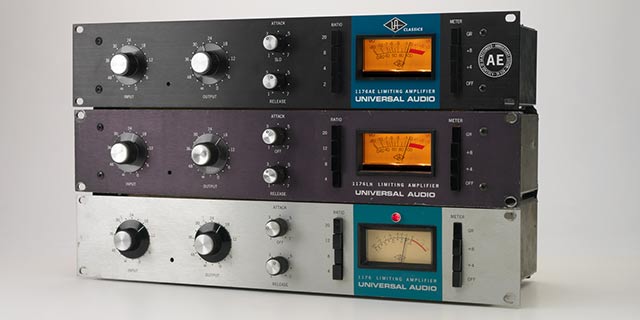
Using the 1176 on Vocals: A Guide to Perfect Compression
Using the 1176 on Vocals: A Guide to Perfect Compression
The 1176 compressor is a legendary tool in music production, renowned for its ability to shape dynamics with precision and character. Whether you’re mixing pop, hip-hop, R&B, or any other genre, the 1176 can transform your vocal tracks from raw recordings to polished performances. In this guide, we’ll show you how to effectively use the 1176 compressor on vocals to achieve professional-quality results.
Why Choose the 1176 for Vocals?
The 1176 is a favorite among producers and engineers for several reasons:
- Fast Attack and Release Times: Capture every nuance of a performance without losing energy.
- Distinctive Tone: Adds warmth and subtle saturation that enhances the vocal's presence.
- Versatility: Works beautifully on everything from subtle compression to aggressive limiting.
Explore the 1176 Classic Limiter Plug-In Collection from Universal Audio here.
Getting Started with the 1176
Step 1: Choose the Right Ratio
The 1176 offers four main ratio settings:
- 4:1: Ideal for gentle compression and natural dynamics.
- 8:1: A great choice for moderate control.
- 12:1: Perfect for taming more dynamic performances.
- 20:1: Best for limiting and aggressive compression.
For most vocals, start with a 4:1 or 8:1 ratio and adjust based on the track’s dynamics.
Step 2: Set the Attack and Release
- Attack: Start with a medium-fast setting to capture transients without making the vocal sound unnatural.
- Release: Set to a fast release to maintain energy and ensure the vocal stays present in the mix.
Pro Tip: Adjust the attack and release times to match the tempo and feel of the song.
Step 3: Dial in the Input and Output
- Increase the Input until you achieve the desired amount of gain reduction (typically 3-7 dB for vocals).
- Adjust the Output to match the overall volume of the track.
Advanced Tips for Using the 1176 on Vocals
1. Use the All-Buttons Mode
Engage the famous "All-Buttons Mode" (also known as "British Mode") by pressing all ratio buttons simultaneously. This setting creates a unique compression effect with added harmonic distortion, perfect for adding grit and character to aggressive vocals.
2. Parallel Compression
Blend a heavily compressed version of the vocal with the dry signal to retain natural dynamics while adding punch and presence. This technique works particularly well for lead vocals in dense mixes.
3. Stack Compressors
Combine the 1176 with a slower compressor, such as an LA-2A, for a smooth and controlled vocal. Use the 1176 first to handle peaks and the LA-2A to even out the overall performance.
Common Mistakes to Avoid
- Over-Compression: Be careful not to squash the dynamics too much, which can make the vocal sound lifeless.
- Ignoring Context: Always listen to the vocal in the context of the full mix when setting your compression.
- Mismatched Attack/Release: Ensure your settings complement the song’s tempo and style.
Why the 1176 Stands Out
The 1176 compressor is more than just a dynamics tool; it’s a creative weapon that can shape your vocal sound in unique ways. Its fast attack and release, combined with its tonal character, make it a go-to for producers seeking professional, polished vocals.
Final Thoughts
Mastering the 1176 on vocals takes practice, but the results are worth it. Whether you’re adding subtle control or bold character, this iconic compressor can bring your vocal tracks to life.
Ready to elevate your mixes? Start experimenting with the 1176 today and discover why it’s a staple in studios worldwide.
Learn More About UAD and the 1176
For more tips and insights on using UAD compressors, check out these blogs:


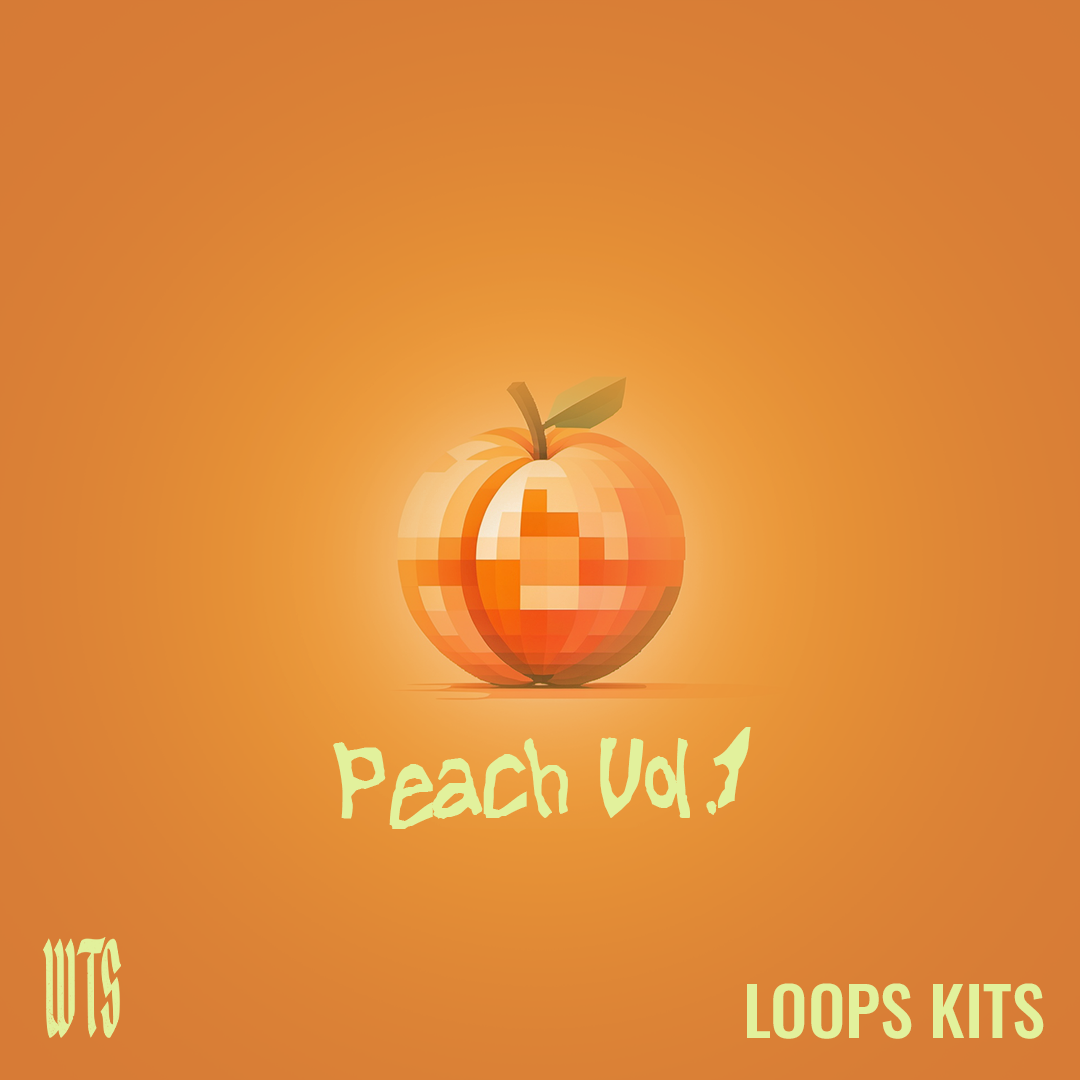

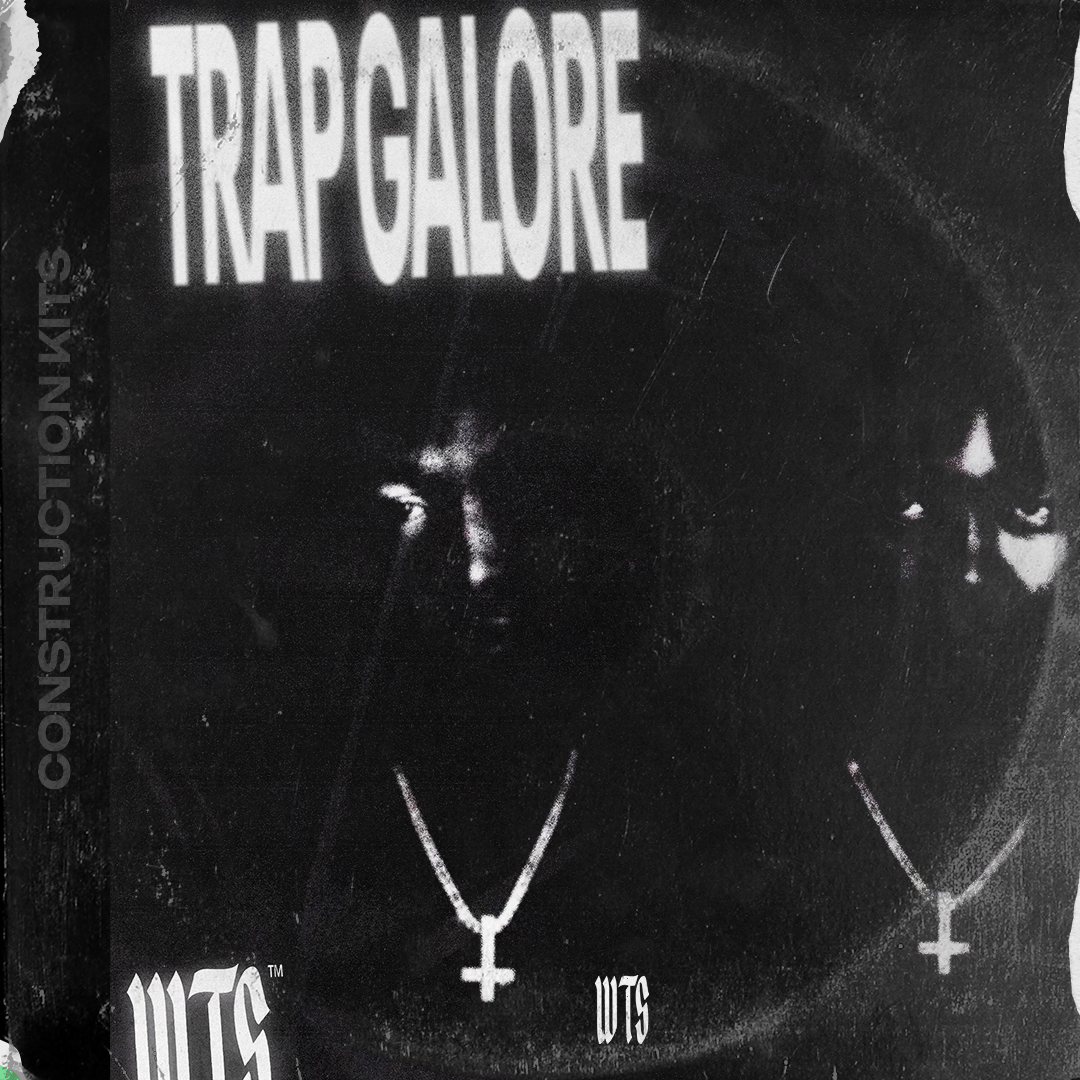


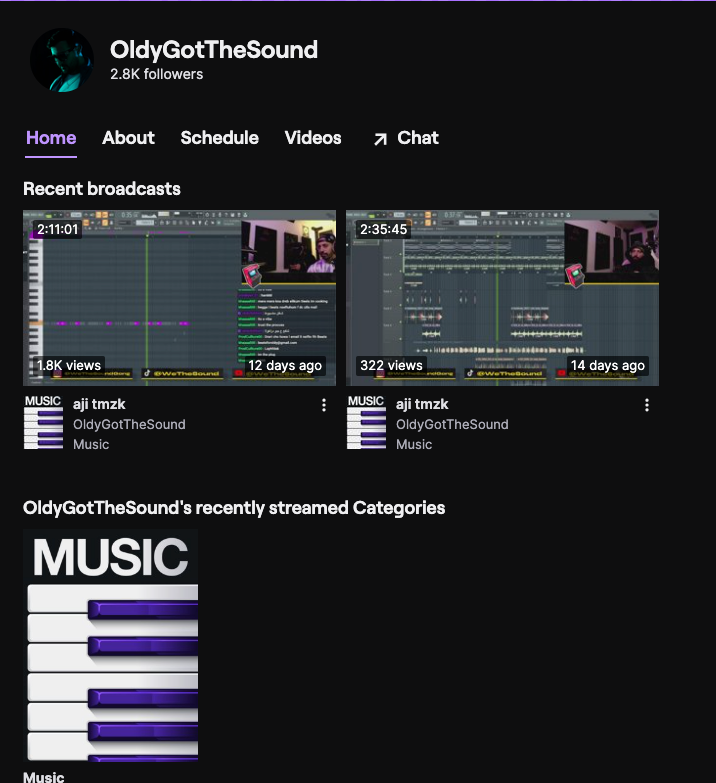


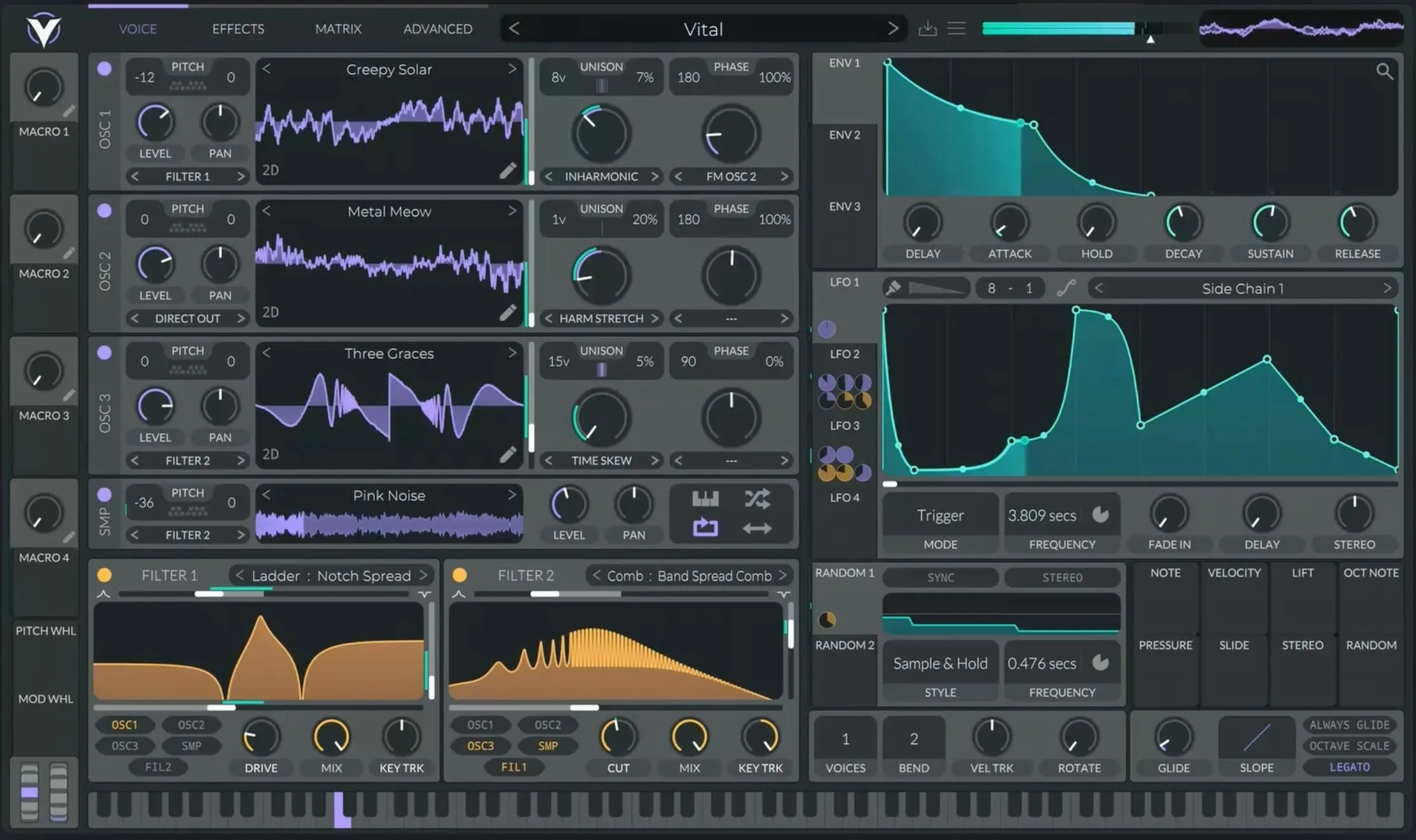
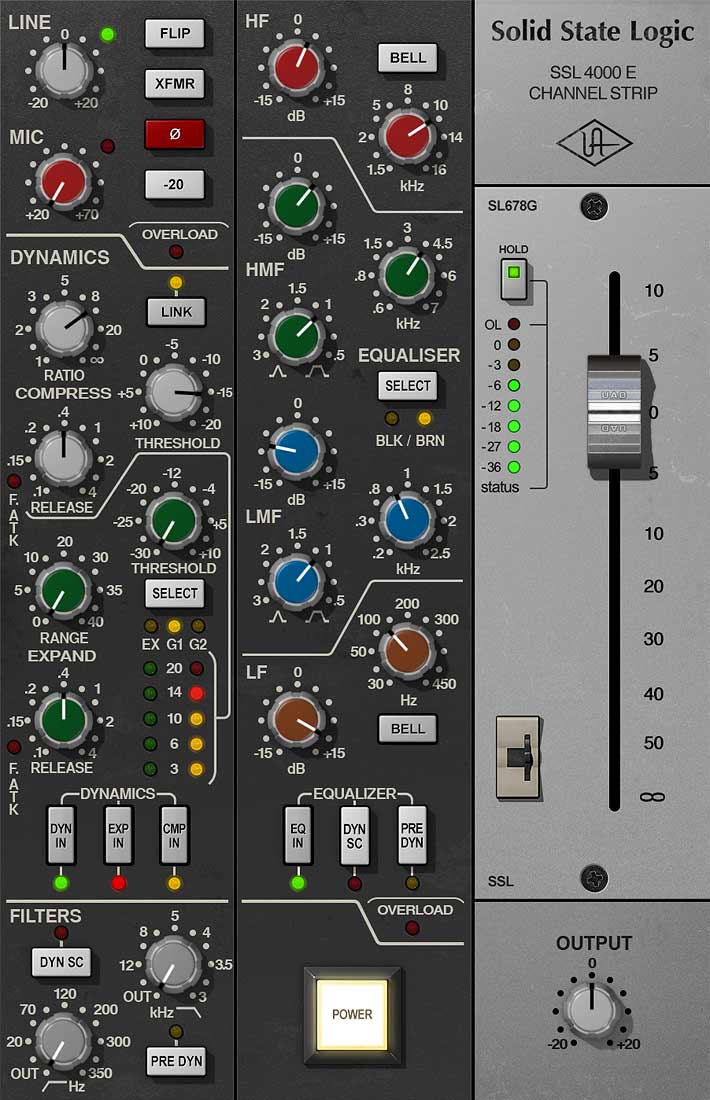


1 Comment
really cool and informative blog